Explore the Best Places for Stem Cell Therapy Abroad
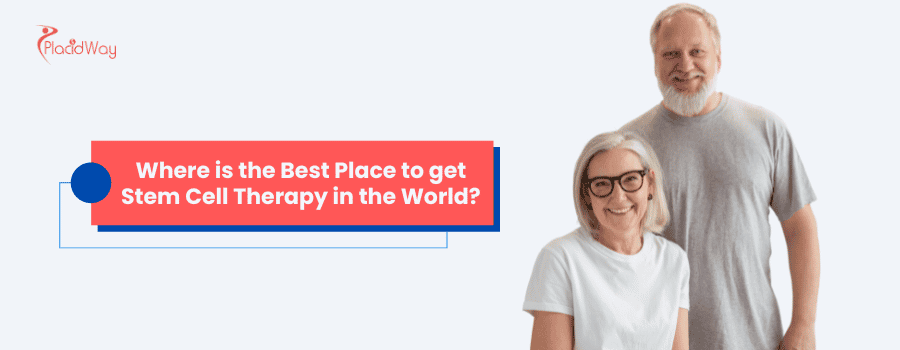
Stem cell therapy, a revolutionary field in regenerative medicine, offers hope for a wide range of conditions previously considered untreatable. From orthopedic injuries and autoimmune diseases to neurodegenerative disorders and anti-aging treatments, the potential of stem cells to repair and regenerate damaged tissues is transforming healthcare. As a result, a growing number of patients are exploring options for treatment across the globe. This guide provides an in-depth look at the best countries for stem cell therapy, considering factors like regulatory environments, technological advancements, cost, and the quality of medical care.
Key Takeaways
Top Destinations for Stem Cell Therapy: Countries like Mexico, Germany, South Korea, India, Thailand, Colombia, and Turkey are at the forefront, offering advanced treatments, experienced specialists, and modern facilities.
Significant Cost Savings: Patients traveling for stem cell therapy can expect to save significantly compared to costs in the United States. For instance, treatment in Mexico or India can be 60-80% cheaper.
Varying Costs by Country and Condition: The cost of stem cell therapy depends on the country, the type of condition being treated, and the complexity of the procedure.
- Mexico: Starting from $4,000 - $15,000
- Germany: Approximately $7,500 - $25,000
- South Korea: Ranging from $10,500 - $30,000
- India: From $5,000 - $15,000
- Thailand: Ranging from $8,000 - $20,000
- Colombia: Between $6,000 - $16,000
- Turkey: Between $6,000 - $18,000
Top Countries for Stem Cell Therapy
Best places for stem cell therapy include Mexico, Germany, South Korea, India, Thailand, Colombia, and Turkey, known for affordable treatments, advanced technology, and skilled professionals. These destinations offer high-quality care, with Mexico and India offering cost advantages and Germany and South Korea leading in innovation and research.
1. Mexico
Mexico has become a premier destination for medical tourism, particularly for stem cell therapy. Its proximity to the United States, coupled with a more progressive regulatory framework for regenerative medicine, has led to the establishment of numerous high-quality clinics.
- Regulatory Environment: Mexico's health authority, COFEPRIS, regulates the use of stem cells, allowing for a wider range of therapies than are currently available in the US or Canada. This has fostered innovation and made advanced treatments more accessible.
- Expertise and Technology: Many clinics in Mexico are staffed by physicians trained in the US and Europe and are equipped with state-of-the-art laboratory facilities for stem cell processing and administration. They often specialize in treating autoimmune diseases, orthopedic injuries, and neurodegenerative conditions.
- Cost-Effectiveness: The cost of stem cell therapy in Mexico is significantly lower than in the US, often by 60-80%, without compromising on the quality of care.
2. Germany
Germany is renowned for its stringent healthcare standards, cutting-edge research, and precision in medical treatments. The country has a long-standing reputation for excellence in orthopedics and is now a leading European destination for stem cell therapy.
- Rigorous Standards: German regulations for cell-based therapies are among the strictest in the world, ensuring a high level of safety and quality. Clinics must adhere to the German Medicinal Products Act, which governs the manufacturing and application of stem cell products.
- Focus on Orthopedics and Neurology: German clinics have made significant strides in using stem cell therapy to treat orthopedic conditions like osteoarthritis and degenerative disc disease, as well as neurological disorders such as Parkinson's and multiple sclerosis.
- Advanced Research: Germany is a hub for biomedical research, with many university hospitals and private clinics actively involved in clinical trials and the development of new stem cell technologies.
3. South Korea
South Korea is a global leader in biotechnology and medical innovation. The government has invested heavily in stem cell research, creating a supportive ecosystem for the development and application of regenerative therapies.
- Government Support and Innovation: The Korean Ministry of Health and Welfare has actively promoted the field of regenerative medicine, leading to the establishment of world-class research institutes and clinics.
- High-Tech Infrastructure: South Korean medical facilities are known for their advanced technology and highly skilled medical professionals. They offer a wide range of stem cell treatments, including therapies for cosmetic and anti-aging purposes.
- Ethical and Regulated Practices: All stem cell research and treatments in South Korea are subject to strict ethical guidelines and regulatory oversight, ensuring patient safety and the integrity of the therapies offered.
4. India
India is a rapidly growing hub for medical tourism, offering a compelling blend of highly skilled doctors, advanced medical facilities, and some of the most affordable treatment prices in the world.
- Cost Advantage: The primary driver for patients choosing India is the significant cost savings. Treatments are often a fraction of the price found in Western countries.
- Skilled Professionals: India has a large base of English-speaking, internationally trained doctors and surgeons who are experts in their fields.
- Regulatory Guidelines: The Indian Council of Medical Research (ICMR) has established guidelines for stem cell research and therapy, ensuring ethical practices. However, patients should verify that their chosen clinic adheres strictly to these national guidelines.
5. Thailand
Known as the "Land of Smiles," Thailand is also a powerhouse in medical tourism, famed for its JCI-accredited hospitals, exceptional hospitality, and focus on patient wellness.
- World-Class Hospitals: Thailand boasts a large number of internationally accredited hospitals, particularly in Bangkok, that offer cutting-edge medical technology and five-star service.
- Focus on Wellness and Orthopedics: Alongside cosmetic procedures, Thai clinics have developed strong programs in regenerative medicine for orthopedic issues and holistic wellness and anti-aging.
- Integrated Medical Travel Experience: Thailand excels at providing a seamless medical travel experience, combining treatment with recovery in a tranquil, resort-like environment.
6. Colombia
Colombia has emerged as a leading destination for high-quality, affordable healthcare in Latin America. Cities like Medellín and Bogotá are now home to state-of-the-art clinics specializing in regenerative medicine.
- High Standards of Care: Many stem cell clinics in Colombia are known for their high medical standards and have received international recognition. The country's health regulatory agency, INVIMA, oversees clinical practices.
- Specialized Expertise: Colombian clinics have gained a reputation for excellence in orthopedic, autoimmune, and aesthetic regenerative therapies.
- Affordability and Accessibility: Offering costs comparable to Mexico, Colombia is an attractive and accessible option, particularly for patients from North and South America.
7. Turkey
Turkey has rapidly emerged as a major player in the medical tourism industry, offering high-quality healthcare at competitive prices. The country's strategic location, bridging Europe and Asia, makes it an accessible option for many international patients.
- Modern Facilities and JCI Accreditation: Many Turkish hospitals and clinics are accredited by the Joint Commission International (JCI), a testament to their high standards of care and patient safety. They are equipped with the latest medical technology and offer a comprehensive range of stem cell therapies.
- Experienced Specialists: Turkey has a large pool of well-trained and experienced doctors, many of whom have received their education and training in Europe and the United States.
- Affordable Treatment Options: The cost of medical procedures in Turkey, including stem cell therapy, is significantly lower than in Western countries, making it an attractive option for patients seeking affordable, high-quality care.
Cost of Stem Cell Therapy Around the World
The cost of stem cell therapy can vary widely depending on the country, the clinic, the type and source of the stem cells, the complexity of the procedure, and the condition being treated. The following table provides an estimated cost comparison for popular treatment destinations.
| Country | Condition | Estimated Cost (USD) |
|---|---|---|
| Mexico | Orthopedic (e.g., knee, hip) / Autoimmune (e.g., MS, RA) | $5,000 - $15,000 |
| Germany | Orthopedic (e.g., spine, joints) / Neurological (e.g., Parkinson's) | $10,000 - $25,000 |
| South Korea | Neurological & Cosmetic | $10,000 - $30,000 |
| India | Orthopedic & Neurological | $5,000 - $15,000 |
| Thailand | Orthopedic & Wellness/Anti-Aging | $8,000 - $20,000 |
| Colombia | Orthopedic & Autoimmune | $6,000 - $16,000 |
| Turkey | Orthopedic & Autoimmune | $7,000 - $18,000 |
| United States | Limited Approved Treatments | $20,000 - $50,000+ |
Expert Insight
"When considering the cost of stem cell therapy, it's important to look beyond the price tag. A comprehensive treatment package should include not just the procedure itself, but also pre-treatment consultations, laboratory tests, post-treatment follow-up, and any necessary supportive therapies. At PlacidWay, we ensure transparency in pricing and help patients understand the full scope of their treatment plan."
Understanding Stem Cell Therapy
Stem cell therapy is a form of regenerative medicine that uses stem cells to repair or replace damaged cells and tissues in the body. These unique cells have the remarkable ability to develop into many different cell types, from muscle cells to brain cells, and can also divide to produce more stem cells.
There are several types of stem cells used in treatments, each with its own set of characteristics and potential applications. The most common types include:
- Mesenchymal Stem Cells (MSCs): Found in bone marrow, adipose (fat) tissue, and umbilical cord tissue, MSCs are multipotent, meaning they can differentiate into a variety of cell types, including bone, cartilage, muscle, and fat cells. They are widely used for orthopedic conditions, autoimmune diseases, and inflammatory disorders due to their strong anti-inflammatory and regenerative properties.
- Hematopoietic Stem Cells (HSCs): Primarily found in bone marrow and cord blood, HSCs are the foundation of our blood and immune systems. They are most commonly used in transplants to treat blood cancers like leukemia and lymphoma, as well as certain genetic blood disorders.
- Induced Pluripotent Stem Cells (iPSCs): These are adult cells that have been reprogrammed in a lab to an embryonic-like pluripotent state. This means they can be differentiated into any cell type in the body. While still largely in the research phase, iPSCs hold immense promise for future therapies.
Did You Know?
The first successful bone marrow transplant, a form of stem cell therapy, was performed in 1956 to treat leukemia. This groundbreaking procedure paved the way for the development of modern stem cell treatments.
Is Stem Cell Therapy Right for You? Candidacy and Considerations
While stem cell therapy holds great promise, it is not a one-size-fits-all solution. Determining your candidacy for treatment involves a thorough medical evaluation and a detailed discussion with a qualified stem cell specialist. Key factors that influence candidacy include your overall health, the specific condition you are seeking to treat, the stage and severity of the condition, and your medical history.
General Candidacy Criteria:
- A confirmed diagnosis of a condition for which stem cell therapy has shown potential benefits.
- Exhaustion of conventional treatment options or a desire for a less invasive alternative.
- Good overall health, free from active infections or other serious medical conditions that could interfere with the treatment.
- Realistic expectations about the potential outcomes of the therapy.
The Stem Cell Therapy Procedure: What to Expect
The stem cell therapy procedure typically involves three main stages: the collection of stem cells, the processing of the cells in a laboratory, and the administration of the cells back into the body. The specifics of each stage can vary depending on the type of stem cells being used and the condition being treated.
1. Stem Cell Collection:
- Autologous (from your own body): If your own stem cells are being used, they will be harvested from either your bone marrow (usually from the hip bone) or adipose tissue (through a mini-liposuction procedure). This is typically done under local anesthesia.
- Allogeneic (from a donor): If donor cells are used, such as from umbilical cord tissue, they are sourced from a certified tissue bank that screens donors rigorously for infectious diseases and genetic disorders.
2. Laboratory Processing:
Once collected, the stem cells are sent to a specialized laboratory where they are isolated, purified, and often expanded in number to achieve the required therapeutic dose. This process is conducted in a sterile environment to ensure the safety and viability of the cells.
3. Administration:
The processed stem cells are then administered back into your body. The method of administration depends on the target area and the condition being treated:
- Intravenous (IV) Infusion: For systemic conditions like autoimmune diseases, the cells are delivered directly into the bloodstream.
- Intra-articular Injection: For joint problems, the cells are injected directly into the affected joint.
- Intrathecal Injection: For neurological conditions, the cells may be injected into the spinal canal to reach the central nervous system.
Aftercare and Recovery
Recovery after stem cell therapy is generally straightforward, with minimal downtime. You may experience some mild soreness or bruising at the injection or harvesting site, which typically resolves within a few days. Your doctor will provide you with specific post-treatment instructions, which may include resting for a short period, avoiding strenuous activities, and following a healthy diet to support the regenerative process.
It's important to remember that the benefits of stem cell therapy are not always immediate. The regenerative process takes time, and you may notice gradual improvements in your symptoms over several weeks or months.
Frequently Asked Questions (FAQs)
1. Is stem cell therapy safe?
When performed by qualified professionals in a regulated clinical setting, stem cell therapy is generally considered safe. The use of autologous stem cells (from your own body) minimizes the risk of rejection or immune reactions. Reputable clinics follow strict protocols for cell collection, processing, and administration to ensure patient safety.
2. How successful is stem cell therapy?
The success rate of stem cell therapy varies depending on the condition being treated, the patient's overall health, and the type of therapy used. While many patients report significant improvements in their symptoms and quality of life, it is not a guaranteed cure. It is crucial to have realistic expectations and discuss potential outcomes with your doctor.
3. What conditions can be treated with stem cell therapy?
Stem cell therapy is being used to treat a wide range of conditions, including:
- Orthopedic: Osteoarthritis, degenerative disc disease, joint injuries
- Autoimmune: Multiple sclerosis, rheumatoid arthritis, Crohn's disease
- Neurological: Parkinson's disease, Alzheimer's disease, stroke recovery
- Anti-Aging and Wellness: Improving energy levels, cognitive function, and skin rejuvenation
4. How long do the effects of stem cell therapy last?
The longevity of the effects of stem cell therapy can vary. For some patients, the benefits may last for several years, while others may require follow-up treatments. The goal of the therapy is to stimulate the body's own healing mechanisms, which can lead to long-term improvements.
5. Why is stem cell therapy cheaper in other countries?
The lower cost of stem cell therapy in countries like India, Mexico, and Thailand is due to several factors, including lower operational costs, a more favorable regulatory environment for certain therapies, and government initiatives to promote medical tourism.
6. How do I choose a reputable stem cell clinic?
When choosing a stem cell clinic, it's essential to do thorough research. Look for clinics with:
- Experienced and qualified medical staff
- A strong track record of successful treatments
- Positive patient testimonials
- Transparent pricing and treatment plans
- Accreditation from recognized international organizations
Your Journey to Regenerative Healing Starts with PlacidWay
Navigating the world of stem cell therapy can be overwhelming. At PlacidWay, we are committed to helping you find the best and most affordable treatment options at world-class clinics and hospitals. Our team of experienced patient advocates will guide you through every step of your medical journey, from initial consultation and clinic selection to travel arrangements and post-treatment care.
Contact PlacidWay today for a free consultation and to learn more about how stem cell therapy can help you achieve your health and wellness goals.


.png)
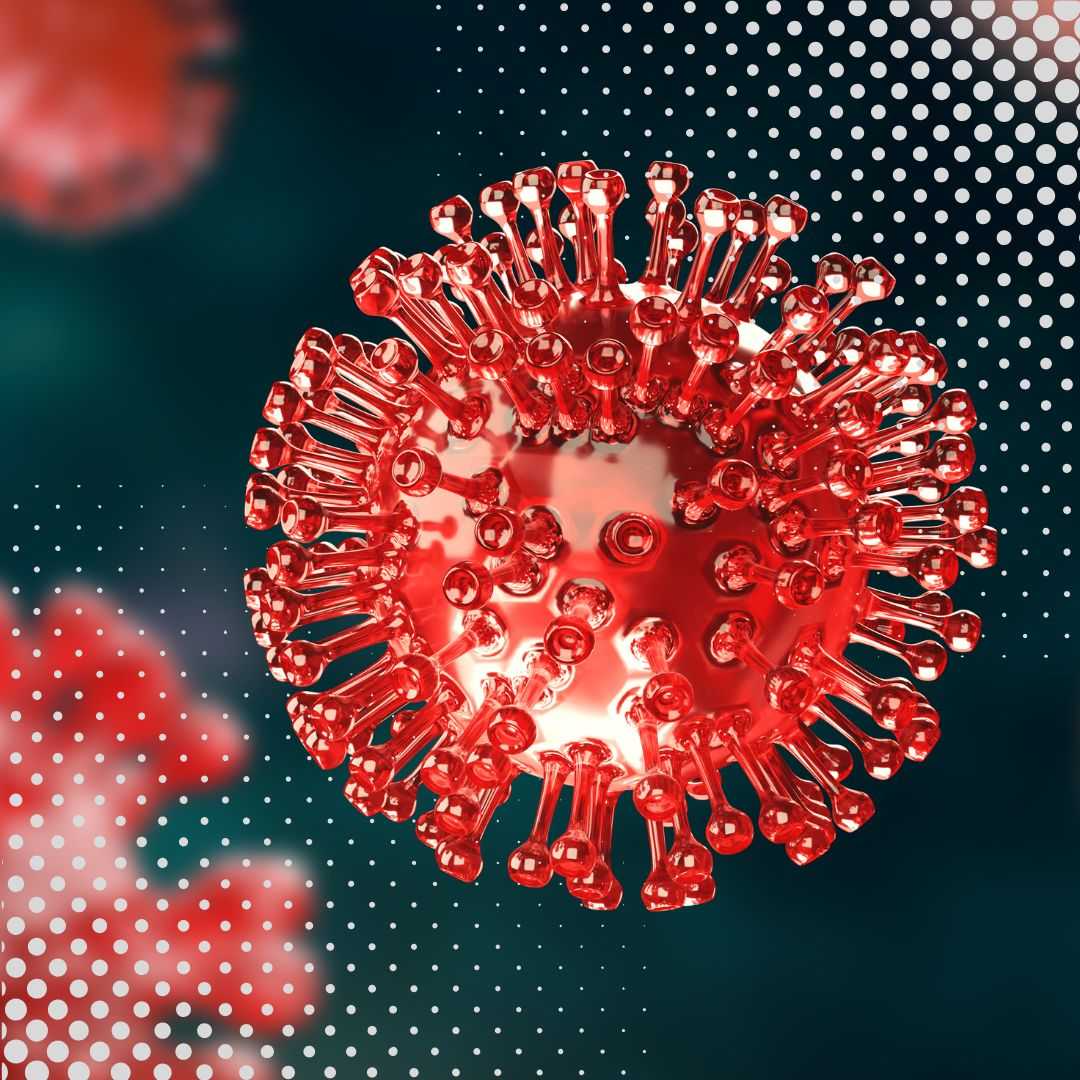

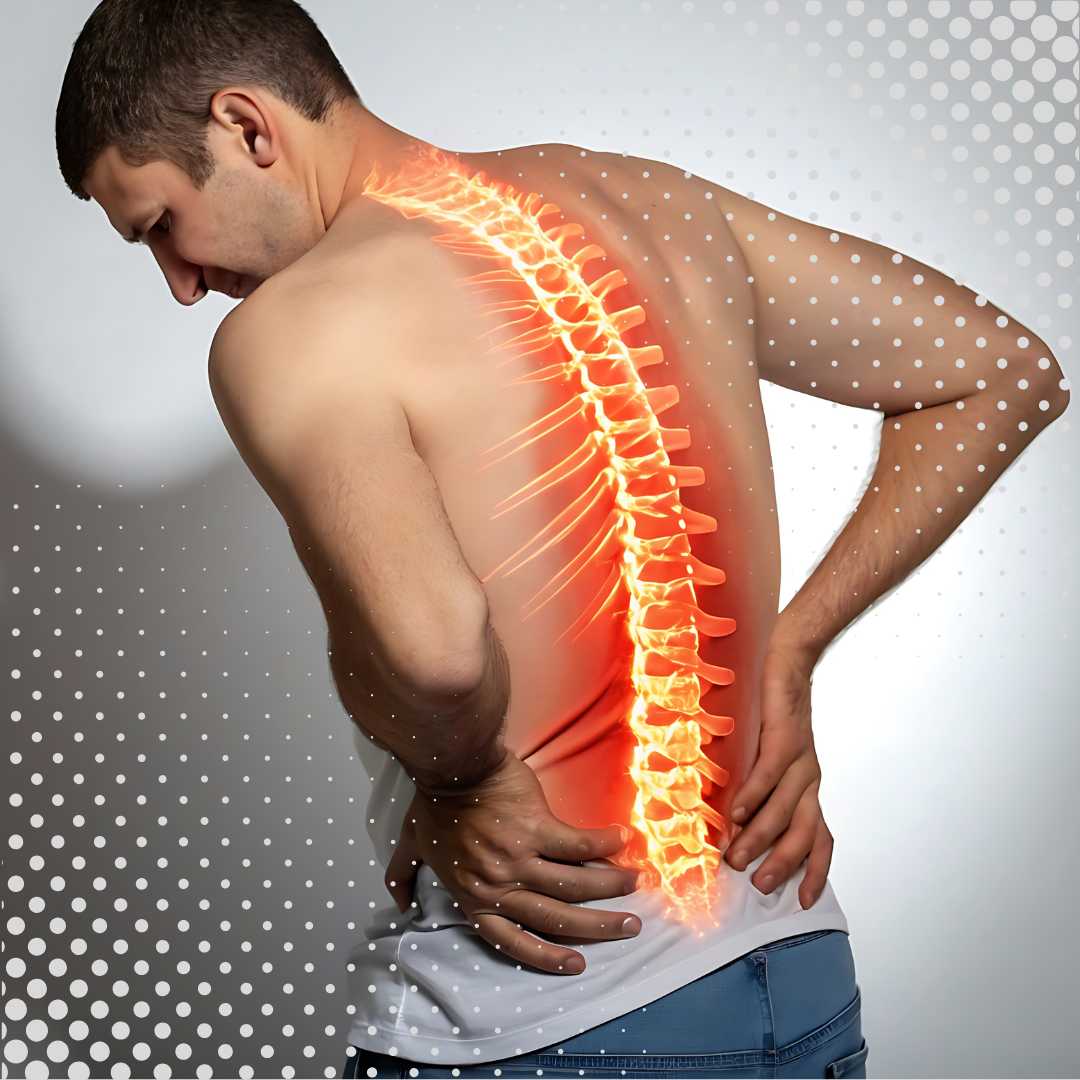


.jpg)
.png)

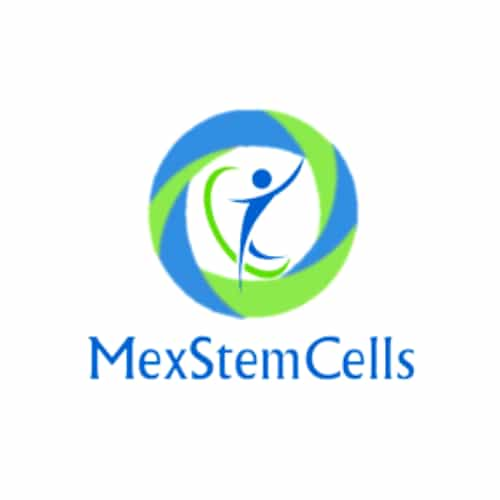

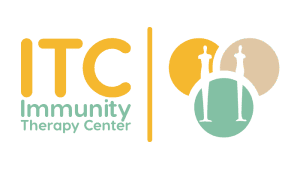
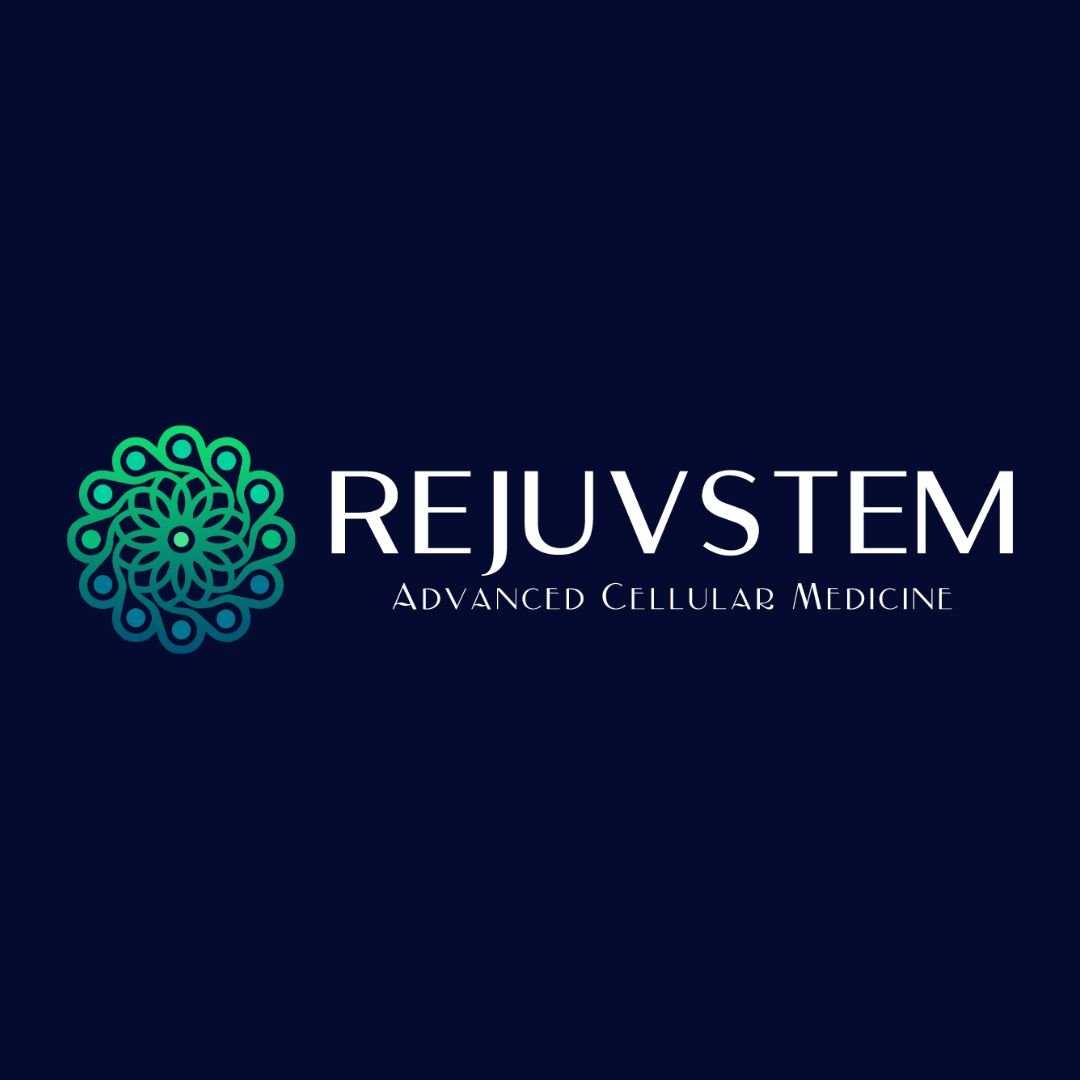
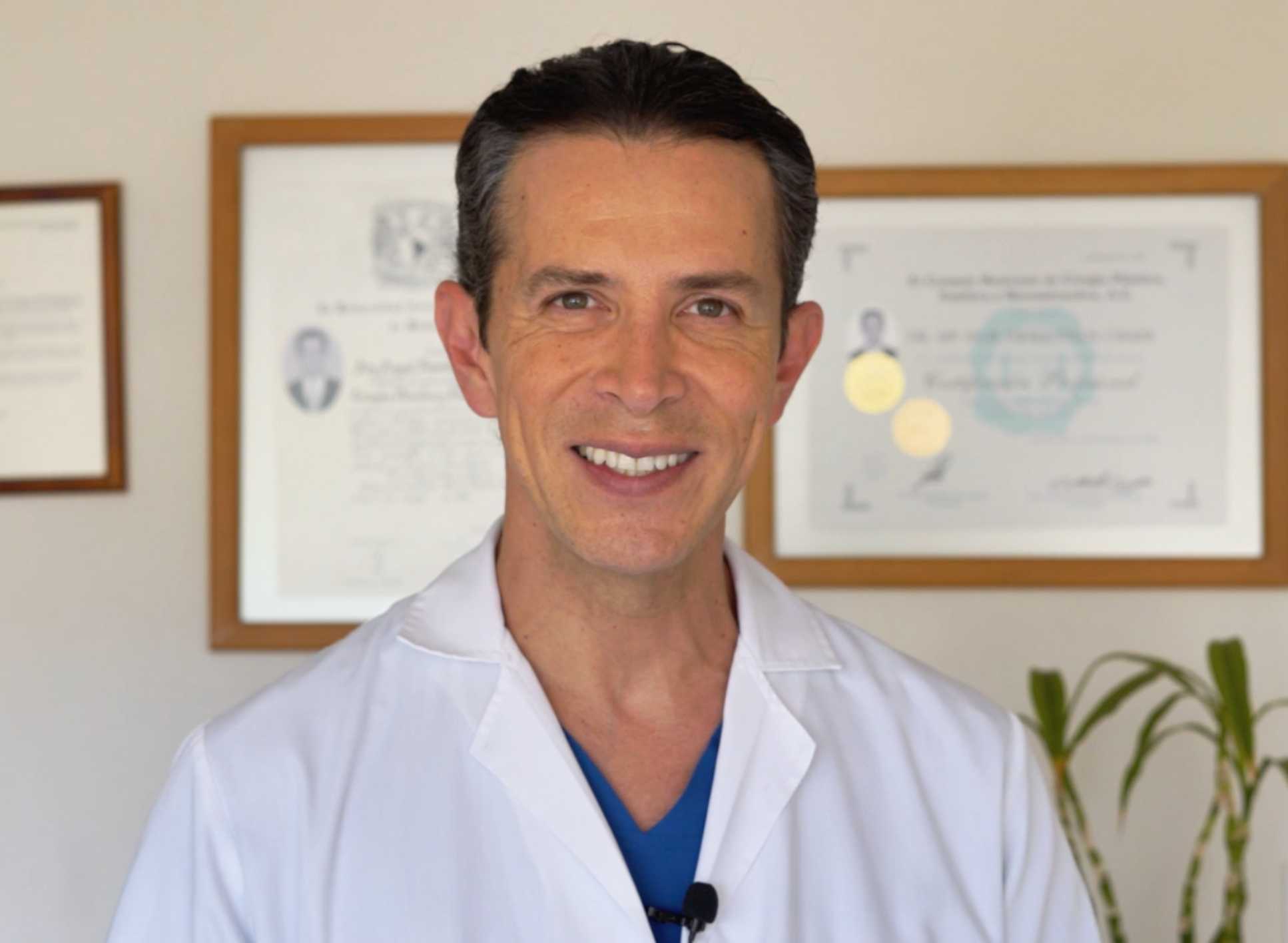

Share this listing